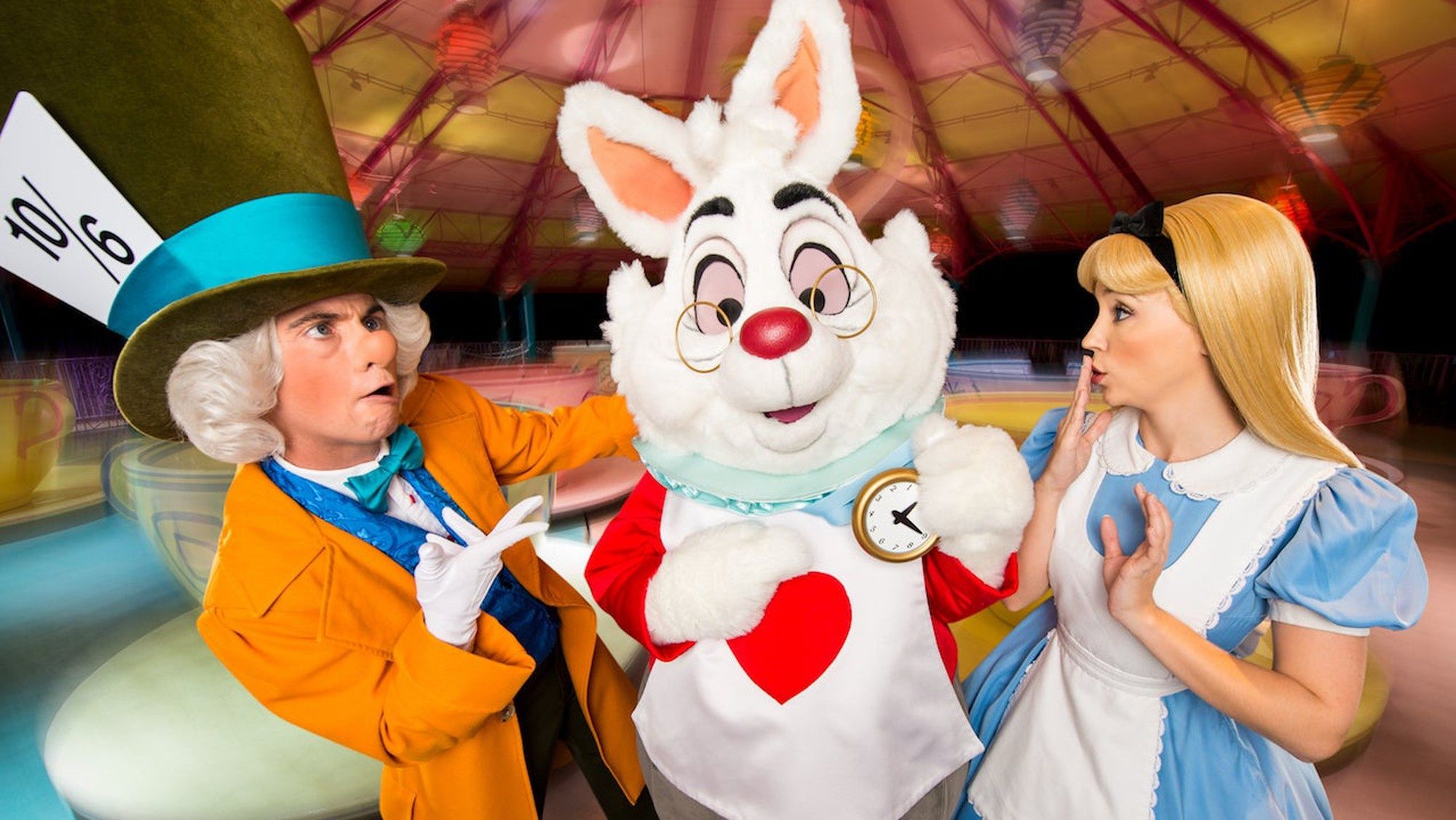Walt Disney (DIS 0.64%) will let U.S. consumers bundle its three streaming services -- Disney+, Hulu, and ESPN+ -- for just $12.99 per month starting Nov. 12. The price is exactly the same as Netflix's most popular plan, which Disney CEO Bob Iger says is pure coincidence.
But Disney's bundle includes something Netflix doesn't have: advertisements. Even though Disney+ will be an ad-free experience, it still plays a valuable role in Disney's ad business. The bundle should provide a significant bump to the entertainment giant's digital advertising business in two ways.

Image source: Disney.
Increasing ad-supported subscribers
The most straightforward benefit to Disney's ad business is that the bundle will likely increase the total number of ad-supported subscribers. Practically speaking, someone subscribing to Disney+ and either of Disney's ad-supported streaming services is a pretty good candidate to take the bundle. After all, the combination of Disney+ and Hulu costs the same as taking all three.
At Disney's investor day in April, management forecast 40 million to 60 million Hulu subscribers and between 8 million and 12 million ESPN+ subscribers by 2024. It expects about 30 million Americans will subscribe to Disney+ by that year as well.
Disney already counts 28 million Hulu subscribers and 2 million ESPN+ subscribers. While there's no telling what level of subscriber overlap Disney expects, subscribing to multiple streaming services is increasingly common. Making it simple to subscribe to all three should produce more sign-ups for its ad-supported services while improving retention as well.
Better data
Another benefit of the bundle is Disney gains access to better data and tracking capabilities for subscribers, which ought to lead to more targeted and valuable ads. Even though Disney+ won't feature an advertisements, the data Disney can glean from its subscribers' viewing habits can translate directly into more valuable ad placements on Hulu and ESPN+.
Bundling the subscriptions all together under a single login and user identity will make it easy for Disney to track subscriber habits across its properties. That includes the popular ESPN.com, which will be linked to ESPN+. Disney also gathers data from its mobile games and authenticated TV Everywhere apps. It can then feed that data into its ad segmentation algorithms and make the most of its ad inventory across its entire ecosystem of properties.
One of the biggest advantages of Disney's deal to take operating control of Hulu was control over the ad sales. Ad-supported Hulu subscribers generate more revenue from ad views, on average, than from their subscription payments. Using the bundle to increase engagement within the Disney ecosystem -- even if that engagement isn't monetized with ads directly -- will help the company sell ads more effectively and increase its average revenue per subscriber.
Greater profit potential
An important factor to remember in all of this is the incremental cost of serving the bundle is minimal. The bulk of Disney's direct-to-consumer expenses are fixed -- content production costs, technology expenses, customer management, even the ad-sales team should produce operating leverage with increased subscriber counts. So while Disney might offer a $5 discount for bundling, it won't cost the company $5 in most cases. (It'd be very rare for a customer to subscribe to all three services at market price.)
So if the bundle produces more ad-supported streaming hours and a higher average cost per ad impression, it should more than offset the costs. That incremental revenue will practically all flow to Disney's bottom line, and it stems from Disney's unified advertising business.






